Secrets of the Google Ad Auction
Now the evidence is done, what can we glean from the DoJ vs Google courtroom so far? James Monaghan sums up
After three years coming down the line, the first evidence is now wrapped up for the U.S. Department of Justice’s antitrust case against Google. Much of the evidence has been redacted - but there is a pile of quotes, internal slides, and stats which has filtered out. Have we learnt anything crucial for digital advertising out of all this so far?
What are the allegations and when did this start?
It began back in 2020 when the DoJ filed allegations of anti competitive behaviour against Google. They centre on three areas:
Serial acquisitions
Anti-competitive Auction Manipulation
Subversion of Competition
A lot of news stories have focused on headline stats from the third strand - how much Google paid Apple in 2021 to be the default search engine on Safari ($26.3 billion).
But for digital advertisers, it’s really the second focus on the auction which has direct relevance.
Google cost inflation and the auction
Anything to do with the auction is a hot topic as it’s both a black box, and the determining factor for advertising costs on Google. As Jerry Dischler, VP for Google’s Advertising Products noted during the trial: “We tend not to tell advertisers about pricing changes.” In other words, there are various ways in which the cost of advertising on Google has risen, and Google is not in the habit of sharing them.
Costs can rise in paid search due to multiple factors - competition between advertisers (and number of advertisers), and the number of people searching keywords are clearly determinative. On the Google side, the eligibility criteria for how many advertisers compete in each auction is clearly flexible. The elasticity of keyword match types and other targeting mean that advertisers may pass into and out of auctions.
But has there been any further light shed on Google auctions from the courtroom?
Randomness in the Google auction
This is where an arcane sounding mechanism steps in: Randomised Generalised Second-Price ad auctions (or RGSP). This was debated in the antitrust trial - it’s a mechanism which deals with Ad Rank at the top of the page when multiple advertisers are close in Ad Rank. This is the point at which a random element (RGSP) is introduced to the ad ranking by Google, and the selected top winner then pays the ‘1 cent more’ premium and appear top.
The randomised addition to the auction means that there are instances when the ‘losing’ advertiser (in terms of ad rank and bid) will appear at the absolute top of the page, intensifying the competition between advertisers who also want to appear top.
Is that really a problem? Someone has to appear top; ad rank is still driving *most* of what the user sees on the page; and this randomised element keeps things fresh at the top. That said, this is about the top two ads swapping over, so the user experience isn’t particularly enhanced. The auction is intensified and advertisers with smart bidding objectives for top of the page, absolute top, or conversion-oriented goals (if the signals are that being top for this query at this time is best for conversion KPIs) will find CPCs rising.
The Department of Justice argued that there’s an unfair and inflationary result for advertisers who may be prompted to bid even more in order to edge Ad Rank higher again and away from the randomised zone.
After Jerry Dischler’s testimony, an official Google spokesperson commented: “Search ads costs are the result of a real-time auction where advertisers never pay more than their maximum bid. We’re constantly launching improvements designed to make ads better for both advertisers and users.”
This is one of the ways in which, the DoJ alleges, Google can increase prices without stating this - increasing the cost of ads and reserve pricing for the average advertiser.
Changing search forever
Other ways of getting to the same conclusion come from empirical reports which track average prices over time - and of course individual advertisers grapple with cost fluctuations within accounts.
The closing arguments in the DoJ’s case are set for May 2024. What if Google ultimately loses this case? Any number of results could come from that ruling. Paying to be the default search option might be banned. One result for advertising might be litigation from advertisers who could argue they were harmed in the past by anti-competitive behaviour.
A further result will be evidence admitted from this case adding to the two other antitrust cases currently launched in the US, brought by attorneys general from multiple states. These cases might also be combined.
The impact of a win or lose will be felt for a generation of search users - this is the most significant trial for tech antitrust since Microsoft was challenged in court in 1998. Whether Google carries on its trajectory, or is forced to change, will impact search advertising - and in the meantime, we hope to gain further peeks into the black box of how Google advertising really works.

